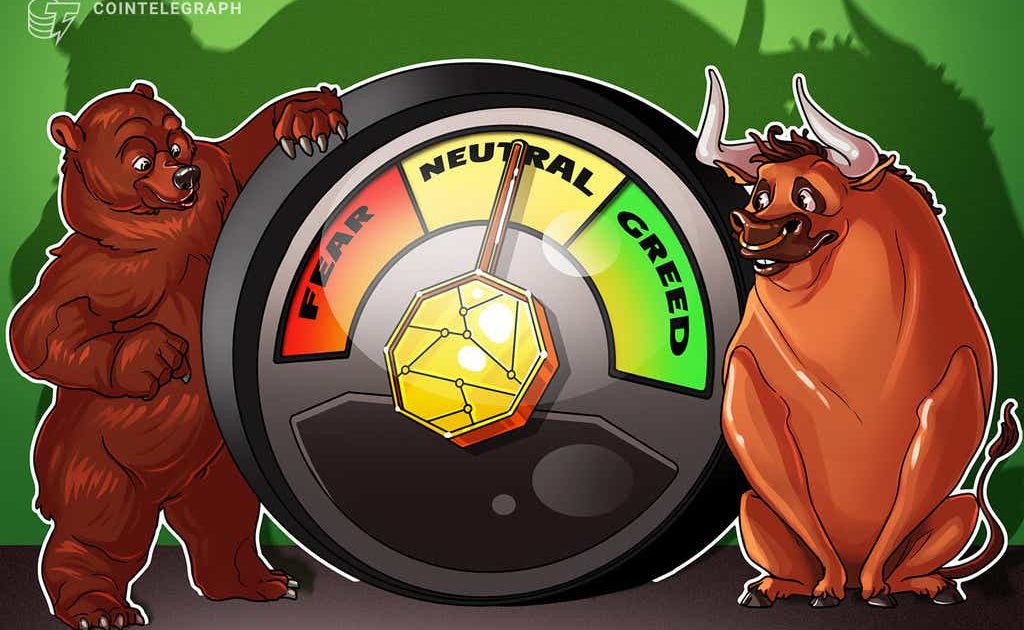Various Crypto Fear and Greed Index signals that influence the behavior of traders and investors include Google trends, surveys, market momentum, market dominance, social media and market volatility.
To determine how much greed is trending in the market, examine trending search phrases. For instance, a high volume of Bitcoin-related searches means a high degree of greed among investors. This factor accounts for 10% of the index value. Historically, increases in Bitcoin-specific Google searches have been correlated with an extreme volatility in crypto prices.
To calculate the number each day, the Bitcoin Fear and Greed Index considers a few other factors, such as surveys, which account for 15% of the index value. Surveys with participants of over 2000 drive the index value higher, indicating the presence of greedy investors.
Market momentum refers to the market’s ability to maintain a long-term price trend and represents 25% of the index value. This examines the market’s health and direction. The index’s greed side takes momentum into account.
Dominance examines the cryptocurrency’s market dominance in the overall crypto industry. For instance, the greater Bitcoin’s dominance, the fewer alternative cryptos exist. However, a drop in Bitcoin dominance suggests increasing greed and accounts for 10% of the index.
It’s no wonder that social media has a 15% influence on the index because it’s currently one of the most significant aspects of our life. On the greedy end of the spectrum, aspects like hashtags, engagement, themes and mentions across several social media networks are considered.
A quarter portion (i.e., 25%) of the index is made up of market volatility. It examines a cryptocurrency’s current price (such as Bitcoin’s price) and compares it to recent price movements over the previous 30–90 days to determine how volatile the market is. In the index, volatility is used as a fear indicator.




